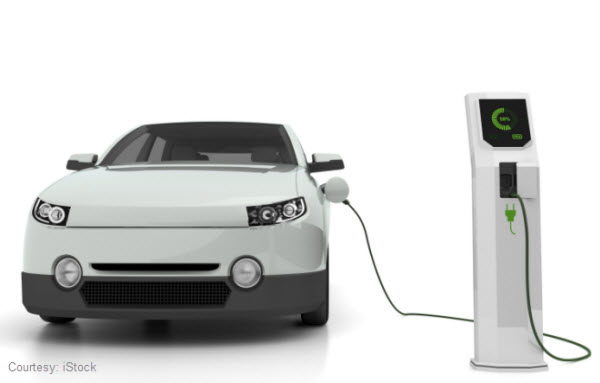I’m what you could call an EVangelist. I’m all in when it comes to the modern-day electric vehicle (EV). Personally, there’s no doubt in my mind that during my lifetime, EVs will replace the majority of combustion-engine vehicles; it’s just a matter of when. That said, we’re a long way from EVs taking over the world, which means there are lots of opportunities to influence the EV revolution.
For utilities, EVs present a tremendous opportunity. Here are some of the main reasons why utilities should support EV adoption:
- EVs could increase electricity consumption by 12 percent or more as early as 2030—good news for utilities that are experiencing flattening loads.
- The vehicles offer new business opportunities to utilities that deploy their own EV supply equipment (EVSE), also referred to as charging stations; over time, EVSE revenues will exceed the technology’s costs.
- With the right incentive structures in place to encourage charging during off-peak hours, EVs could help improve system efficiency by leveling the typical nighttime valleys.
- Workplace charging stations promote charging during the sunniest parts of the day, which capitalizes on peak solar generation and helps flatten the duck curve (PDF).
- EVs have the potential to improve grid reliability by serving as a distributed storage resource during emergency management.
So how can a utility start influencing EV adoption? As we discuss in our report, there are a variety of ways for utilities to spur EV adoption, but in my opinion, there’s one critical thing utilities must do.
If your utility wants customers to make the life-altering decision of owning an EV, it must make sure customers and dealerships know what an EV is. Yes, even in a post-Tesla world, we still hear from utilities that customers confuse EVs with golf carts, or they think EVs are too compact, they can’t go very fast, and they can’t drive on the highway. What may be more troublesome are the car dealers. For years, we’ve heard that the EV purchasing experience has been abysmal. Dealerships not only try to sell customers away from EVs, they also know very little about the cars. In fact, most customers who are in the market for an EV are much more knowledgeable about the vehicles than the dealers are.
So I leave you with this: Provide EV education for utility employees, for customers, and for local dealerships. If you have to, do what Austin Energy is doing through its Plug-In Austin program: Send people directly to the dealership to make sure dealers know how to sell EVs and to promote all of the programs and incentives Austin Energy offers EV drivers. A lack of EV education and awareness continues to be one of the biggest barriers for the EV revolution. If utilities want EVs to reach their maximum potential—and they should—they need to take control of EV adoption by being trusted sources of EV information. Let your customers know that electric vehicles are the transportation of the future, and their utility is here to help them be a part of the EV revolution.
